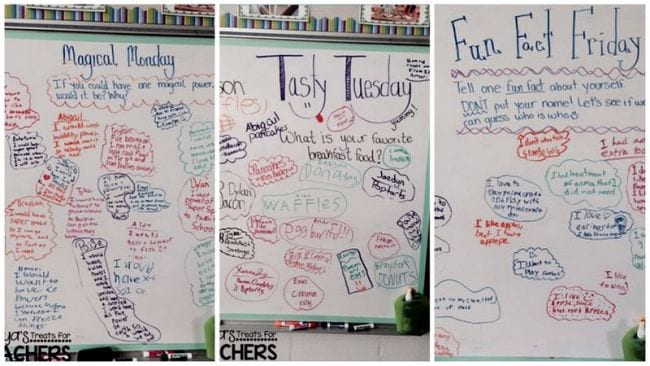Active learning is a vital instructional method to incorporate into a classroom. It is an engaging way to teach and learn through thinking about and reflecting on what they are learning. When students are actively participating in their own learning, they are more likely to be absorbing information at their fullest potential. Active learning facilitates creative thinking, student involvement, and student involvement among many other things.
There are many different ways that this can look within a classroom. It is important to use active learning styles when students are working in groups, when accessing prior knowledge, to set purpose for what they are learning, and to check for understanding. By using active learning strategies rather than alternative, less thought-provoking strategies, students are far more engaged and likely to be active participants in their own learning.
In my future classroom, I will use active learning strategies every time it is appropriate. One example that can be fun and completely engaging for all different kinds of learning styles is a graffiti wall. This can be used in various subject areas and for so many different reasons. It gives a colorful representation of what the students are going to learn or are learning about. It had valuable information that can be used at a later time in the lesson. Different groups can rotate if time permits to give students multiple topics to write about.
Check out this video:


No comments:
Post a Comment